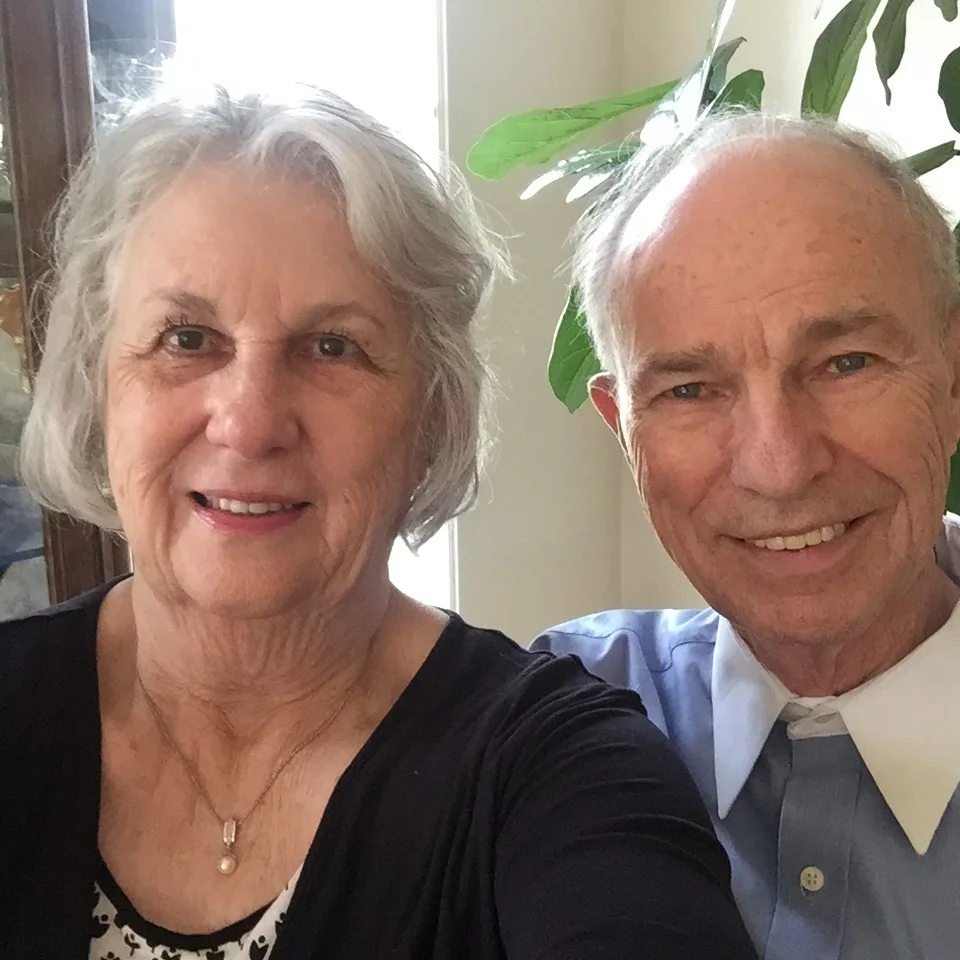Guest blog post by Susan Recker
My husband, Dr. Robert Recker, and I will both be 80 this year. We have spent much of our lives researching treatments and, perhaps someday, a cure for osteoporosis.
I was just out of college in 1961 when I started working for Dr. Robert Heaney as a medical technologist at the Metabolic Research Unit in Omaha, Nebraska, known today as the Osteoporosis Research Center of Creighton University. At that time my husband was in medical school. When he graduated he went into the Air Force, and when his service was completed in 1967 we returned to Omaha. My husband started a Fellowship under Dr. Heaney and in 1974 became its director. At that time, I was a full time mother in the 70s and 80s.
In the mid 90’s, Bob was asked to evaluate a patient who seemed to have unusually dense bones. She was an 18 year old patient recovering from injuries suffered in a car accident. None of her injuries involved broken bones. The young lady’s mother and aunt were tested and they, too, had bone density significantly above average. Bob applied for a grant from the National Institutes of Health but didn’t get it. He was told that they didn’t evaluate his inquiry as one important enough to fund. Since our kids were grown, he asked me to volunteer as project manager for the High Bone Mass Study. Over a two year period, I found over two hundred members of this family and got DXAs (bone density testing) and blood for DNA evaluation on each of them. I was not the only volunteer-- physicians and researchers all over the country helped by doing complimentary DXAs and sending blood specimens to the Osteoporosis Research Center for DNA testing. Ironic, in that the original discovery was made without funding!
There were 39 members of the family that had greater than normal bone density.
Finding the gene responsible was, in itself, a Herculean task. The human genome had not yet been mapped and finding the gene was like looking for a small crack along a stretch of interstate highway without a map. In 1996, we narrowed the mutation to chromosome 11. Then we collaborated with a genomics company who found the single substitution of Glycine for Valine in a receptor called Lrp5. After that our lab demonstrated that transgenic mice that had the human mutation spliced into their genome made more bone in response to increases in mechanical loading. Other labs worked on preparing agents that take advantage of the physiology we uncovered. Finely, Amgen developed Romosozumab. It is a pharmaceutical that will rapidly increase bone density for those diagnosed with osteoporosis. Anyone familiar with the approval procedures by the FDA for a new drug knows that it can take years—even decades—and millions of dollars for such approval to be granted.
In the ensuing years, I continued working on other projects and became a support group leader for our Center. Later when Bob was president of the National Osteoporosis Foundation (NOF), I was asked to be the national support group leader. Since I knew physician researchers around the country, I thought I could do that job well. I continue volunteering as an NOF Support group leader in Omaha.
Volunteerism isn’t sufficient to tackle the challenges posed by osteoporosis research. Ten years ago there were 63 people working in the lab at the Osteoporosis Research Center of Creighton University, to which I have returned today in the role of fundraiser. Because of the scarcity of funds being made available by the NIH, our staff has shrunk to ten people.
On April 10 we learned that the FDA had finally approved the use of Romosozumab. Evenity, the brand name for Romosozumab, is the first and only bone builder with a unique dual effect that both increases bone formation and, to a lesser extent, reduces bone resorption (bone loss) to rapidly reduce the risk of fracture. While my heart is filled with gratitude that so many years of hard work has finally come to fruition, I am still disheartened by the lack of funding that continues to plague researchers. Perhaps because the disease affects mostly women who are older and not a part of the economic machinery of our culture, the perceived need for funding is marginalized. Whatever the reasons for withholding desperately needed dollars, I hope that the approval of Romosozumab will serve as a bellwether of better days to come in the search for an end to the suffering caused for so many patients and their caregivers by osteoporosis.
The long-awaited approval of Romosozumab gives me hope that we can make a difference, expand treatment options, and improve the quality of life for patients. As for me, I have often thought about retiring from my volunteerism. But the truth is, when I see the suffering caused by osteoporosis, a disease that is still so stigmatized and silent, I cannot sit by idly and not help those whose lives are being dramatically impacted. I’ll continue doing this work for as long as I can.



